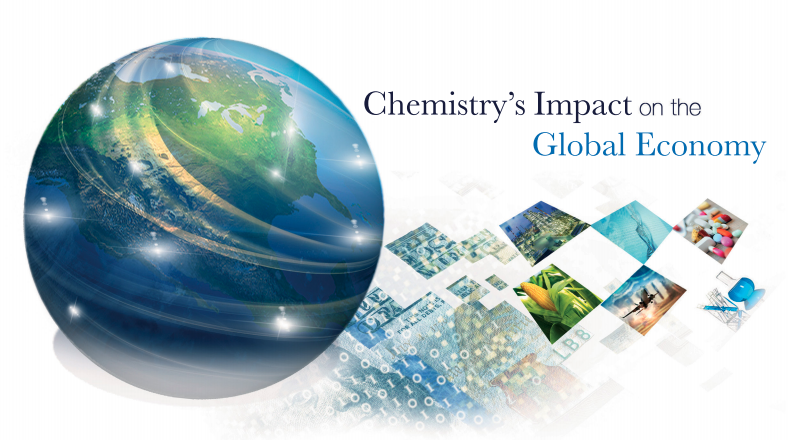GEOC Programming: ACS Fall 2017 Meeting
Chemistry's Impact on the Global Economy
August 17-24 | Washington, D.C.
General Geochemistry
The goal of this symposium is to provide an opportunity for presentations on any geochemistry-related research that is not well aligned with the other technical sessions sponsored by the Division.
Symposium organizer:
Bill Burgos, The Pennsylvania State University, Email: wdb3@psu.edu
Nadine Kabengi, Georgia State University, Email: kabengi@psu.edu
Water Chemistry Associated with Energy Production and Extraction
Energy production and extraction often uses large volumes of water and produces large volumes of wastewater. This wastewater requires management because it contains high concentrations of salts and other constituents of concern. A variety of sources generate these wastewaters including: conventional and unconventional oil and gas production, coal-fired power plant wet flue gas desulfurization, mining processing and mine refuse management. The goal of this symposium is to discuss research on water chemistry in a variety of areas with extensive energy production and extraction that include but are not limited to: water-rock interaction, genesis, isotopic tracers, non-targeted analysis of organic micropollutants, microbial processes, treatment, recycle and reuse, and disposal/ remediation practices, regulation, and potential environmental and biological impacts of wastewater treatment and disposal.
Symposium organizers:
Nathaniel Warner, The Pennsylvania State University, Email: nrw6@psu.edu
Jeanne VanBriesen, Carnegie Mellon University, Email: jeanne@cmu.edu
Water Chemistry Associated with Energy Production & Extraction
Water Chemistry Associated with Energy Production & Extraction
Engineered Nanoparticles in the Environment: Fate, Behavior, and Effects
Advances in manufacturing and new applications have propelled the production and use of a wide variety of engineered nanomaterials (ENM) in all aspects of life, from textiles to paints, from batteries to electronics, from building materials to medicine. The widespread adoption of this class of materials stems from their unique properties compared to conventional materials that facilitate a number of desirable and beneficial effects, and they have become widely studied and increasingly well understood. On the other side of this spectrum, however, it is less certain how these materials behave once they enter the environment. ENM may be released into the environment at any point during the life-cycle of the ENM-containing material, through handling, deterioration, accidental release or disposal. ENM may be more or less toxic than conventional materials, they may be more or less mobile, and they may be more or less persistent. What is the fate of these ENM? What is their behavior once they get there? What effects can they cause to environmental ecosystems? What is their bioavailability? Do they change chemically or morphologically, stabilize or deteriorate over time? Does it depend where or how they are released?
The aim of this symposium is to bring together experts who addressing these uncertainties and developing the knowledge base for safe use of ENM. We invite submissions that promote discoveries at the intersection of geochemistry, materials science, ecology and environmental sciences to address these and more questions. We seek submissions that look not only at understanding how currently produced ENM nanomaterials behave in the environment (do they accumulate in sediment, remain suspend in water, or volatilize into the air), but also that are developing tools for predicting their behavior (e.g. fate descriptors) based on fundamental principles and material properties.
Symposium organizers:
Emily Yi Wai Chiang, University of Guelph, Email: chiange@uoguelph.ca
Rafael M. Santos, Sheridan College Institute of Technology and Advanced Learning, Email: rafael.santos@sheridancollege.ca

